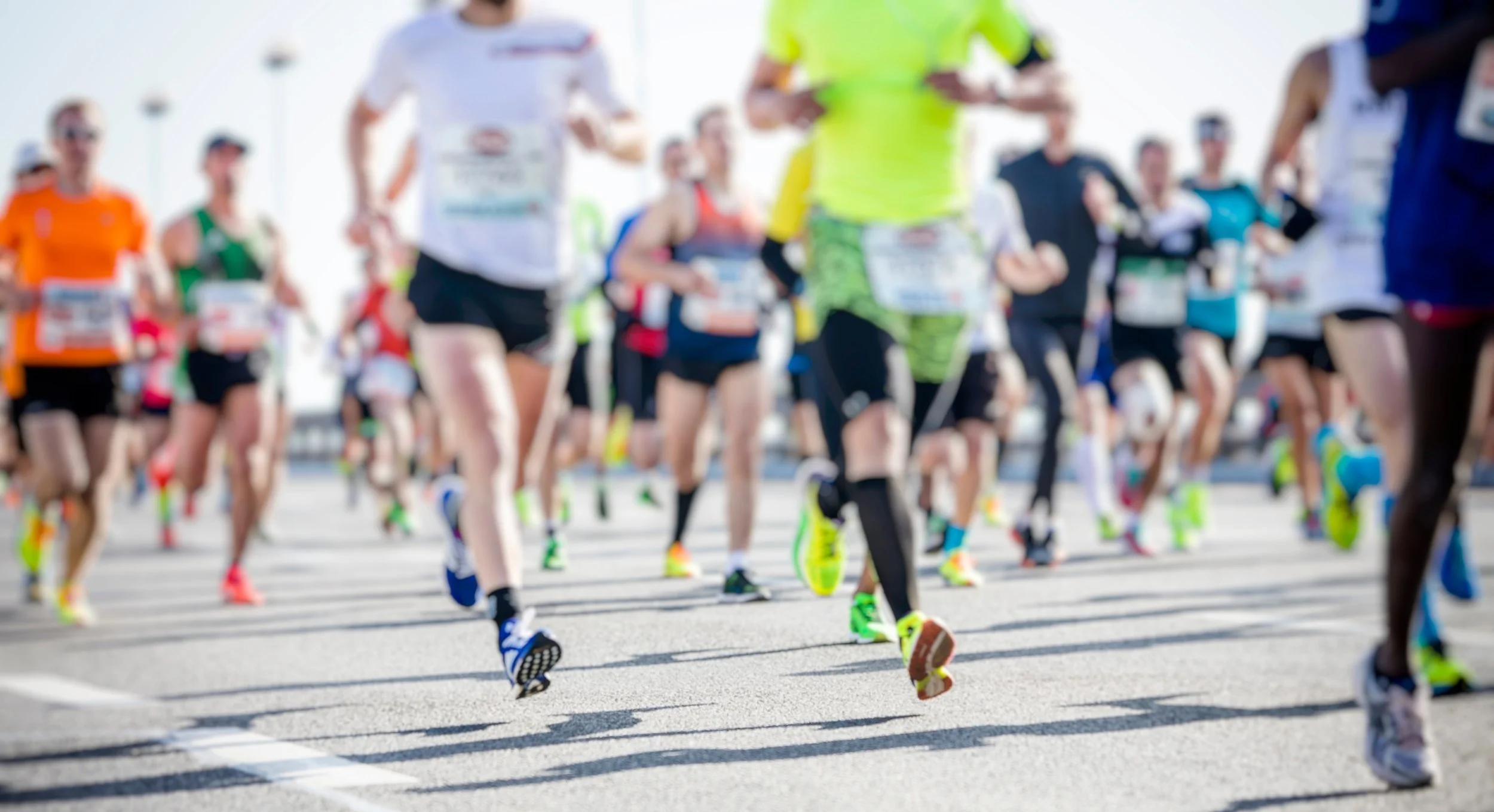What is Iliotibial Band Friction Syndrome (ITBFS)?
Iliotibial Band Friction Syndrome (ITBFS) is a common overuse injury affecting the outer side of the hip or more commonly the outer side of the knee. It is primarily seen in runners, cyclists and athletes involved in activities requiring repetitive knee flexion and extension. ITBFS is characterized by irritation of the iliotibial band (ITB) as it rubs against the lateral femoral epicondyle. However, there is some controversy in the literature.¹⁻²
There are a number of theories on the development of ITBFS which include anteroposterior friction of the iliotibial band (ITB) on the lateral femoral epicondyle at 30° of knee flexion during knee movements, inflammation of the bursa over the lateral femoral epicondyle due to repetitive friction of the ITB on the lateral femoral epicondyle or presence of adipose tissue at the site of inflammation. In any case, 30° knee flexion is considered to be a point of pain in a patient with ITBS, which occurs mainly during the heel strike or stance phase of running.¹⁻²
WHAT STRUCTURES ARE INVOLVED?
The iliotibial band is a thick band of connective tissue that runs along the outside of the thigh, from the hip to the outer knee. It is part of the fascia lata which is a structure that helps to stabilize and control the hip and knee. The ITB originates from the tensor fascia latae and the gluteus maximus muscles, inserting into the lateral epicondyle of the tibia.³ Although these are the direct structures involved the ankle, knee and hip biomechanics are also factors that contribute to ITBFS.
WHAT CAUSES ITBFS?
Iliotibial Band Friction Syndrome was initially recognised as repetitive movements of the knee flexing and extending was causing the band to shift forward and backwards over the lateral femoral condyle, causing friction and thus inflammation of the ITB.²⁻⁴
However, recently this initial view has been called into question as other research has deemed an anterior-posterior movement of the ITB to be impossible and has also suggested that the friction may occur with the ITB over a bursa in the lateral knee joint space.
Several factors can contribute to the development of ITBFS, including overuse, biomechanical issues, muscle imbalances and inadequate footwear. Increased training intensity or duration without adequate rest can develop muscle fatigue and contribute to increased tension through the ITB and pain.
Biomechanical issues can include excessive pronation of the feet and/or poor running technique. Excessive pronation can cause increased knee valgus and and the knee angle during the stance phase of running to become overloaded with increased tension on the ITB. The ITB compresses the lateral side of the knee the most when the knee is bent at 20-30 degrees.²⁻⁴
Muscle imbalances are a large factor relating to ITBFS due to weakness present in the hip abductors as this increases hip adduction which can tension the ITB and an increased tendency for it to compress the tissues underneath.
SYMPTOMS
ITBFS is characterised by pain on the outer side of the knee which may start as a dull ache and progress to a sharp, burning sensation.³ The pain typically worsens with activity and may be accompanied by:
- Swelling or thickening of the ITB
- Tenderness to touch on the outer aspect of the knee
- Discomfort during activities involving knee flexion and extension, such as running, cycling, or climbing stairs
TREATMENT:
The primary goal of ITBFS is to reduce pain, inflammation and address underlying issues to prevent recurrence. Initial treatment strategies include relative rest, activity modification and some anti-inflammatories to reduce the inflammation on the outer knee.⁵⁻⁶
Physiotherapy looks to release tightness through the TFL, glutes, lateral quadricep muscles, before addressing underlying muscle imbalances. Generally, hip abductor weakness is present when someone has ITBFS. Therefore, strengthening the hip abductors is a large priority for treatment.⁵⁻⁶
The pain usually settles well with physiotherapy treatments with a combination of manual therapy (soft tissue massage, dry needling) and a specific home exercise program. Orthotics and ensuring adequate footwear is another form of treatment which can assist in addressing underlying biomechanical issues.⁵⁻⁶
The prevention of ITBFS is to address the modifiable risk factors such as strength imbalances, biomechanical issues with footwear or running and a balanced training schedule.
Key measures for prevention includes:
- gradually increasing training intensity and duration
- incorporating cross-training to avoid overuse of specific muscle groups
- regular strength training
- ensuring appropriate footwear and biomechanical factors are addressed
REFERENCES:
1. Gupta, P., Yadav, D., Singh, K., & Bhattacharjee, S. Iliotibial band friction syndrome: A common cause of lateral knee pain in long-distance runners. Journal of Marine Medical Society. 2023 January-June; 25(1): 69-72. DOI: https://doi.org/10.4103/jmms.jmms_49_22
2. Lavine, R. Iliotibial band friction syndrome. Current Reviews in Musculoskeletal Medicine, 3(1-4), 18–22. https://doi.org/10.1007/s12178-010-9061-8
3. McKay, J., Maffulli, N., Aicale, R., & Taunton, J. Iliotibial band syndrome rehabilitation in female runners: a pilot randomized study. Journal of Orthopaedic Surgery and Research. 2020 May 24; 15(1). DOI: https://doi.org/10.1186/s13018-020-01713-7
4. Hadeed, A., & Tapscott, D. C. Iliotibial Band Friction Syndrome. PubMed; StatPearls. 2023 May 23. Available from: https://www.ncbi.nlm.nih.gov/books/NBK542185/
5. Roosens1, E., 2, Beaufils, C., Busegnies, Y., Tiggelen1, D. V., & 3. (2023). Intrinsic risk factors associated with iliotibial band syndrome: A systematic review. Spor Hekimliği Dergisi, 58(2), 094-101. https://doi.org/10.47447/tjsm.0731
6. Trevlaki, E., Dimitriadou, S., & Trevlakis, E. (2022). Physical Therapy Approaches for the Treatment of Iliotibial Band Syndrome: A systematic review. International Journal of Advanced Health Science and Technology, 2(5). https://doi.org/10.35882/ijahst.v2i5.162

